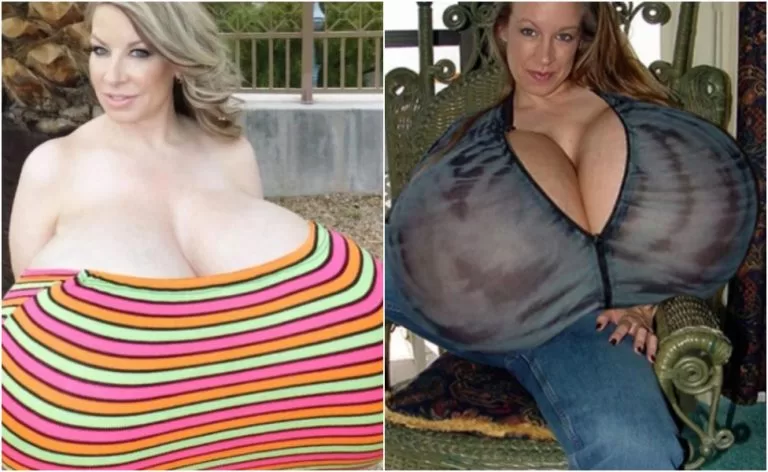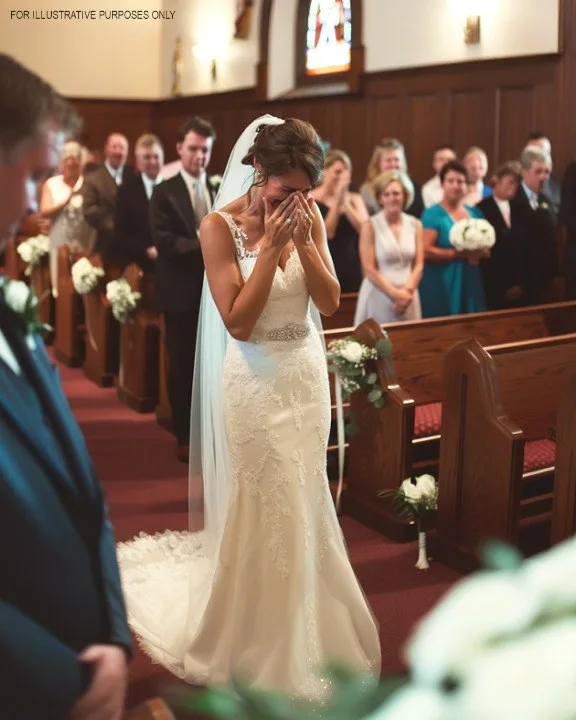Larger Breasts: Why Women Want Them And Media’s Role in It
Indeed, the desire for larger breasts in women is influenced by a complex interplay of factors, ranging from societal norms to evolutionary instincts and media representations.
From an evolutionary perspective, larger breasts may signal fertility and the ability to nourish offspring, making them potentially attractive to potential mates. However, it’s important to note that attractiveness is multifaceted, and individual preferences vary widely. While some may find larger breasts appealing, others may be attracted to different physical attributes or personality traits.
Societal perceptions also play a significant role in shaping women’s desires for larger breasts. In many cultures, big breasts are often associated with maturity, femininity, and attractiveness. These perceptions can impact women’s self-perception and confidence, leading some to seek breast augmentation or other methods to enhance their breast size.
Media representations, including fashion trends and beauty standards, further reinforce the importance of larger breasts in defining femininity and attractiveness. Historically, mainstream media has favored certain body types, often depicting thin, busty women as the ideal standard of beauty. This can create pressure for women to conform to these standards, leading to dissatisfaction with their natural body shape and size.
It’s essential to recognize that the desire for larger breasts is not inherently negative, but it becomes problematic when it leads to unhealthy behaviors or contributes to poor body image and self-esteem. Promoting body positivity, diversity, and acceptance of different body types can help challenge unrealistic beauty standards and empower women to embrace their natural selves. Additionally, emphasizing the importance of inner qualities, skills, and qualifications over physical appearance can help shift the focus away from superficial attributes in professional and social contexts.





